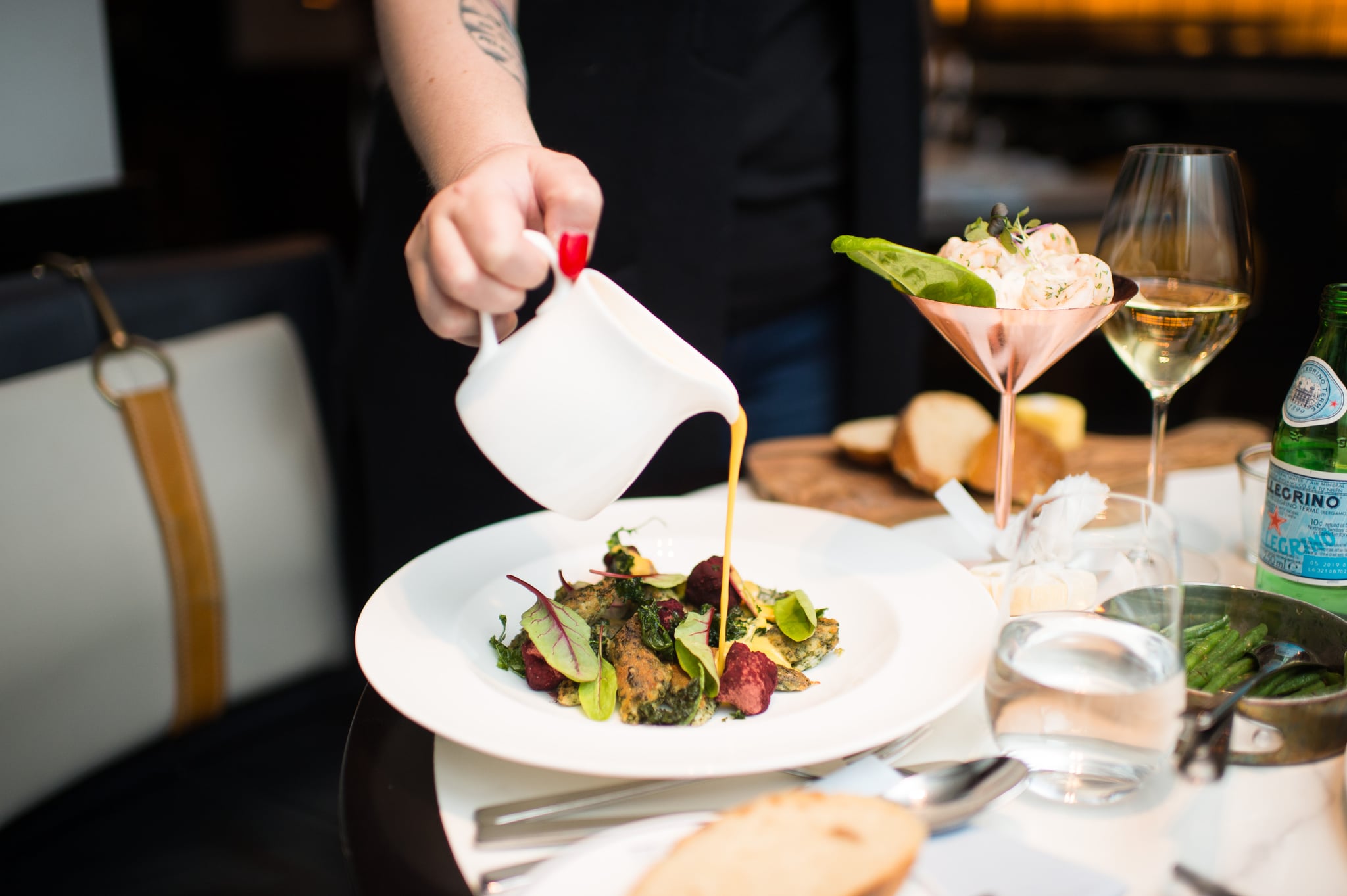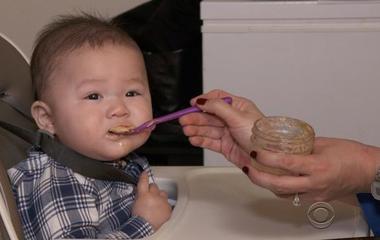Updated
 PHOTO: High rainfall in autumn and winter usually kickstarts the pollen season. (Flickr: Piet van Vliet)
PHOTO: High rainfall in autumn and winter usually kickstarts the pollen season. (Flickr: Piet van Vliet)It’s spring time! And while some will rejoice at the impending flower blooms and warmer weather, others are waiting with tissues in hand for their yearly bout of hayfever.
There is good news though for allergy sufferers as the 2017 spring hayfever season is expected to be milder than last year’s severe pollen season.
Low rainfall throughout autumn and winter in Sydney has meant grasses and trees will bloom later or not as much as last year, thereby reducing airborne pollen.
“This year’s pollen count is not going to be as severe as last year,” said Dr Connie Katelaris, head of the immunology and allergy unit at Campbelltown Hospital and professor at Western Sydney University.
“That’s not to say there won’t be some people with symptoms, but generally when the pollen count is lower, it is only those people who are heavily sensitised that will have a lot of discomfort.
“Those with milder allergies might escape having much of a problem this year.”
The spring outlook from the Bureau of Meteorology has forecast rainfall to be below average in south-west Australia, above average in parts of south-east Queensland, and a “roughly equal chance of being above or below average” elsewhere in the country.
High pressures in the south of Australia may favour increased rainfall on the east coast.
Dr Katelaris emphasised that a few weeks of rain could bring the allergy season back to full force.
Which state suffers the most?
One in five people suffer from allergic rhinitis, according to the Australian Institute of Health and Welfare.
The last snapshot of hayfever in Australia taken in 2014-15 reported the Australian Capital Territory had the highest rate of rhinitis followed by Tasmania, South Australia, Victoria and New South Wales.
The Northern Territory and Queensland had the least number of sufferers.
 PHOTO: Typical hayfever symptoms include sneezing, a runny nose and itchy eyes. (iStockphoto: joruba)
PHOTO: Typical hayfever symptoms include sneezing, a runny nose and itchy eyes. (iStockphoto: joruba)The main allergens along the eastern seaboard are dust mites, with pollen being the second cause of rhinitis symptoms.
“Dust mites are there most of the year round, so people with allergic rhinitis have a level of dust mite allergy that keeps them going all year,” Dr Katelaris said.
“Those that are unlucky enough to also be sensitised to pollen will find their symptoms ramp up over spring and summer over their baseline symptoms.”
Measuring pollen important every year
Dr Katelaris has studied pollen allergy and aerobiology for a number of decades.
A year ago she was part of a coalition that established a “pollen network” called AusPollen to monitor airborne grass pollen around the country.
The network has set up pollen-counting stations in Sydney, Brisbane, Melbourne and Canberra which generate daily pollen counts from September 1 to December 31.
The pollen trap in Sydney is located at Campbelltown Hospital and consists of a simple “old-fashioned instrument” that uses a vacuum suction motor to suck air into a drum.
Air particles then stick onto a piece of sticky tape inside, which is then put under the microscope to measure the total pollen count.
“There is a seasonal variation, and this is the compelling reason why pollen count has to be an ongoing endeavour [each year],” Dr Katelaris said.
 PHOTO: Pollen counters have been set up in Sydney, Brisbane, Melbourne and Canberra. (Supplied: AusPollen)
PHOTO: Pollen counters have been set up in Sydney, Brisbane, Melbourne and Canberra. (Supplied: AusPollen)“Melbourne generally has higher peaks but a narrower pollen season; Sydney is more broad but lower levels.”
She advised all hayfever sufferers, whether they get mild symptoms or severe, to check the pollen forecast each day.
A Sydney pollen count mobile app will be released later this spring, while there is already one operating in Tasmania.
Where is the pollen coming from?
The most common outdoor airborne allergen is grass pollen such as from ryegrass or Bermuda grasses which can be carried by the wind across long distances.
Dr Katelaris said pollen measured in Sydney had increasingly also come from trees.
So what is pollen?
- Pollen is the microscopic grains produced by the male parts of a plant when it flowers. These need to be carried to the female parts of the plant in order to reproduce. Pollen grains are typically spread by birds, bees or wind.
- Flowering plants, which are more visually interesting to birds, bees and insects, tend to produce less pollen and the pollen needs to be carried directly from one plant to another.
- Other plants, including grasses, rely on wind to spread their pollen, and these tend to produce larger amounts of pollen that can travel vast distances. The Australasian Society of Clinical Immunology and Allergy says plants producing windborne pollen are a more significant cause of hayfever and can affect people who are a long way from the source.
Source: Professor Janet Davies, Queensland University of Technology
“When we started down here [in Campbelltown], the pollen count tended to be higher, but as the land is being cleared and developed for medium-density housing, you’ve seen a change, less grass pollen,” she said.
“Sometimes you see more tree pollen as there are tree plantings in the parks and by the roadside.
“Some people are only allergic to the grasses, others have broad-based pollen allergies, so there may be one to two tree pollens they might react to, they might react to common weed pollens.
“Those people might be impacted over a longer period over the season.”
Start prevention strategies now
There is a strong genetic disposition to allergies, so if you suffer from hayfever it is highly likely that other members of your family have the same ailment.
The most tell-tale signs of hayfever in mild sufferers include a watery nose, itchy eyes and sneezing, general practitioner Dr Brad McKay told ABC Radio Sydney.
On-demand treatment such as taking an antihistamine can help relieve symptoms.
For those with severe allergies and daily symptoms, good preventative treatment should begin now before the usual peak which in Sydney is usually October and November.
Chronic symptoms are mainly related to congestion that can cause difficulty sleeping, as the person may wake up with a dry mouth and have issues breathing through their nose.
Dr Katelaris said over-the-counter intranasal steroid sprays were the best preventative strategy.
“They need to use their intranasal steroid spray on a daily basis to keep things as even as possible so that when they have the exposure, they are less likely to be triggered as badly,” she said.
“These are topically active steroids which have negligible effects to the rest of the body.”
Dr Katelaris said people with significant hayfever often had a degree of asthma as well and advised them to seek medical advice.


















